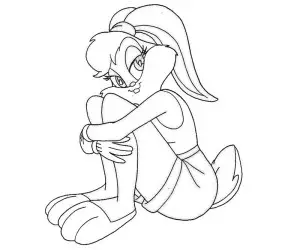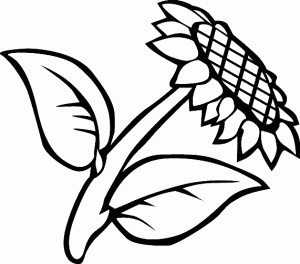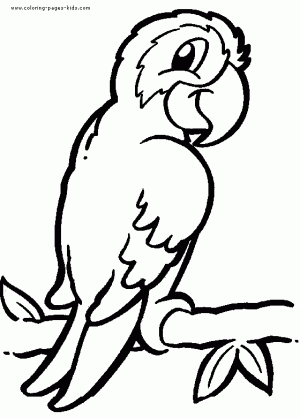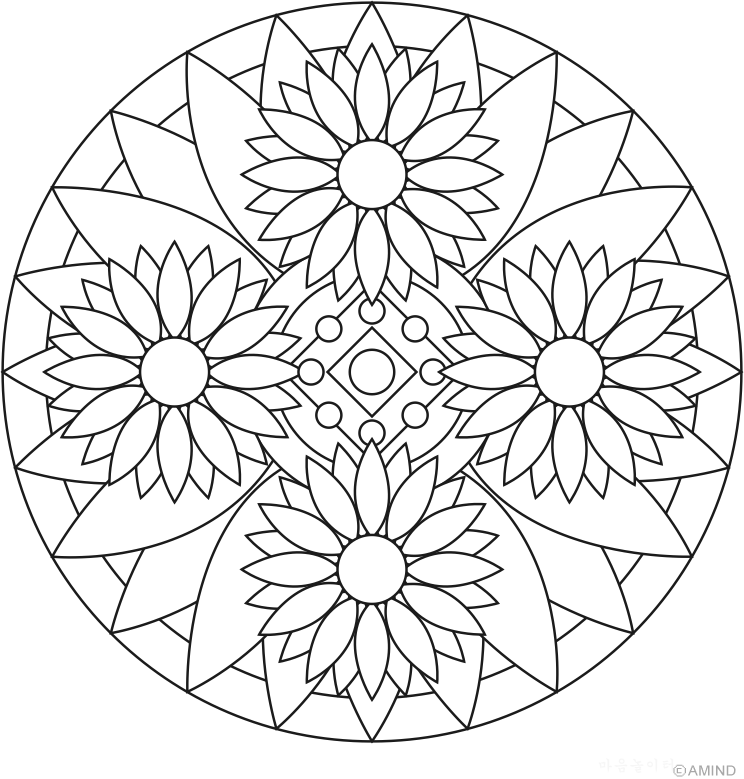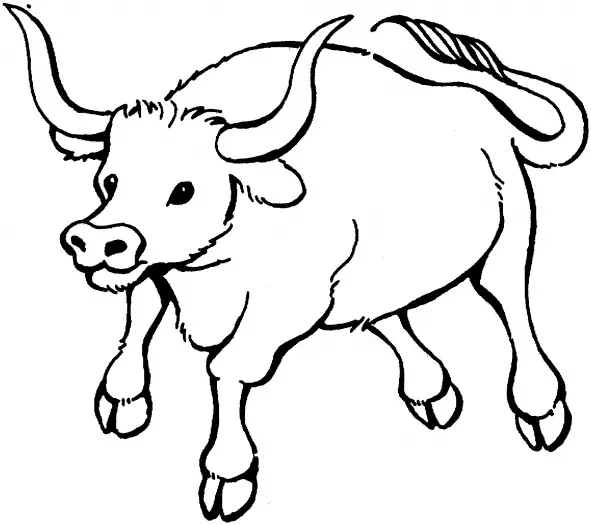There are many ways to become a parasite, and there are parasites with vastly different ancestries that end up joining the same path on the road of parasitism. In some cases, sharing the same path can also mean adopting a certain shape. This post is about Veneriserva pygoclava, a worm that lives inside a worm, more specifically it is a polychaete worm that has evolved to parasitise another type of polychaete worm which are commonly called "sea mice".
The genus name of this parasitic polychaete translates into "Venus' servant" though this worm is certainly a servant for nobody but itself. You'd think that living inside the body of another animal would restrict how big it can get, but the female Veneriserva grows to about seven centimetres long, which is twice as long as its host. Surprisingly enough, being longer than the host is not unusual among these kinds of parasitic polychaete worms. Despite its size and the amount of space it occupies within the host, it does not seem to cause any injuries or damage to the host's internal organs.
Living this endoparasitic lifestyle requires some specialised adaptations, and over the course of its evolution, Veneriserva has ended up with a body plan which is very similar to that of tapeworms. Despite both being called "worms", tapeworm and polychaete worms are from entirely separate animal phyla and their path to this "tapeworm body plan" (for the lack of a better term) were very different.
Tapeworms evolved from free-living flatworms, which are fairly simple animals, at least in terms of their body plan. A flatworm has no body cavity, its gut is more or less a blind-end sac (with some branches in larger flatworms), and it doesn't even have a circulatory system. If anything, in order to adapt to a parasitic lifestyle, tapeworms have evolved to become more complex than their free-living ancestors. Over the course of the tapeworm's evolution, they have gained a new attachment organ - the scolex - which is a heavily modified head, while the rest of the body has become an efficient conveyor belt of reproductive organs. These parasitic flatworms have even evolved a brand new type of "skin" called a tegument which allows it to absorb nutrients as well as protect itself against the host's enzymes, and some tapeworms even have the most complex central nervous system among all the flatworms, enabling them to navigate and maneuver in the dark, fleshy tunnels that are their host's intestinal tract.
In contrast, polychaetes are segmented worms, and are actually more similar to us in their body plan, equipped with a full body cavity, muscular gastrointestinal tract, and a closed circulatory system with blood vessels. But Veneriserva has abandoned much of that, because when you're living inside another animal, being built like a tapeworm seems to be the way to go.
Veneriserva does have a mouth of sorts, but it is not connected to any digestive tract to speak of. In fact, the digestive tract has been reduced down to a throat with a blind-end. Instead, the mouth of Veneriserva serves as a grabber to hold the parasite in place, functioning much like a tapeworm's scolex. Additionally, Veneriserva has also evolved its own version of the tapeworm's tegument, which is covered in fine microscopic finger-like projects (rather like the lining of your small intestine, just inside out) allowing it to absorb nutrients through its skin. There are also patches of cilia on the skin which may serve to stir the host's bodily fluids in order to bring more nutrients into contact with the parasite's skin.
However, when it comes to sex, there is one key difference between Veneriserva and tapeworms. Tapeworms are hermaphroditic - any tapeworm can mate with any other individual of the same species, or even with itself if it is desperate and alone. In contrast Veneriserva have separate female and male sexes which are clearly distinguishable - male worms are tiny compared to their much larger partners (see accompanying photo).
This "attachment organ + loads of gonads" type of body plan that tapeworms and Veneriserva have both independently evolved is also found in other internal parasites. For example, acanthocephalans - thorny-headed worms - are parasitic worms which live in the gastrointestinal tract of vertebrate animals, and are somewhat related to rotifers. Despite being in a different phylum, they share some key anatomical similarities to tapeworms, with their own version of the tegument, a body dominated by gonads, and a prickly anchor at its "head" to stay attached to the host's intestinal wall. Another example is Thyonicola, the parasitic snail which uses a thin stalk to attach itself to the intestines of its sea cucumber host, while the rest of the body is simply a long tube of reproductive organs and developing eggs. There are even some parasitic dinoflagellates that have evolved to resemble tapeworms.
Judging from how common this "tapeworm-style" anatomy is across different parasite groups, it seems that when you are an internal parasite, you have to get into shape - and that shape happens to be that of a tapeworm.
Reference:






